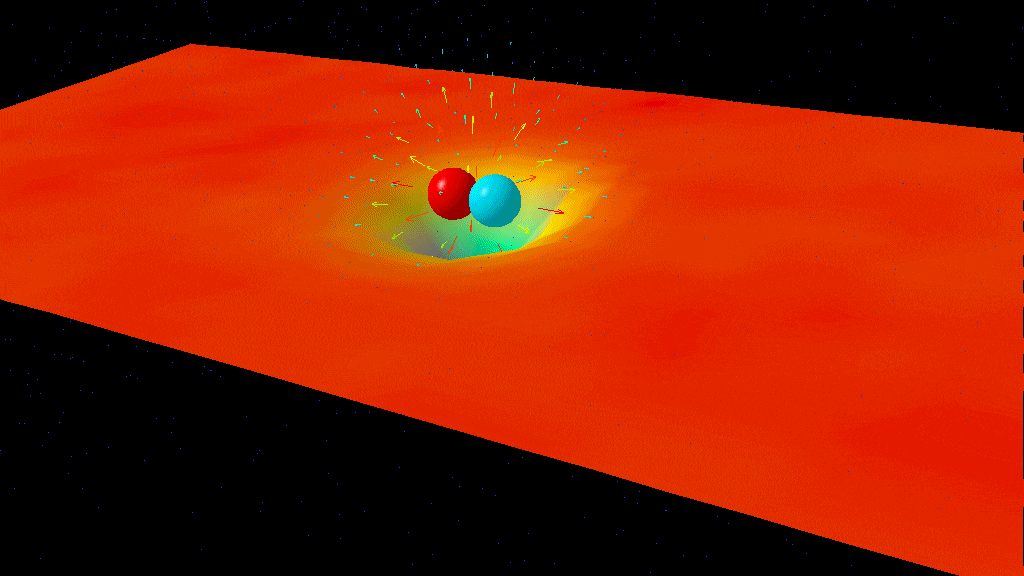SCIENCE
Einstein’s big insight that explained Newton’s law of gravity | by Ethan Siegel | Starts With A Bang! | Aug, 2024

For centuries, Newton’s inverse square law of gravity worked beautifully, but no one knew why. Here’s how Einstein finally explained it.
One of the most revolutionary scientific laws was first put forth by Isaac Newton way back the in 17th century: the law of universal gravitation. Very simply, it hypothesized that between any and all masses in the Universe, there was an attractive force acting on both of them: the force of gravity. But what were the properties of this force? According to Newton, it had to:
- be completely universal, between all objects with mass,
- be proportional to the mass of each object, multiplied together,
- be instantaneous, and traverse the great distances that separated these objects at infinite, unlimited speed,
- and it also needed to get weaker with increased distance, where it fell off in proportion to the square of the distance separating these objects.
This resulted in what physicists call an inverse square force law: where if the distance separating any two objects is given by r, then the force between those two objects is proportional to ~1/r².




